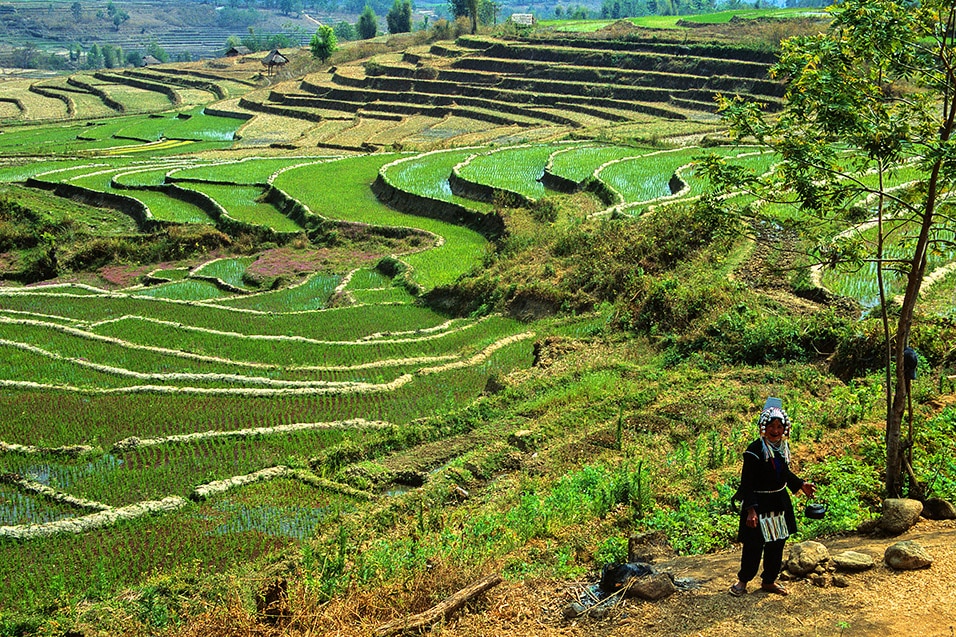About Shan State
- It is a state in Myanmar.
- It borders China to the north, Laos to the east, Thailand to the south, and five administrative divisions of Myanmar in the west.
- The largest of the 14 administrative divisions by land area, Shan State covers 155,800 km2, almost a quarter of the total area of Myanmar.
- The state gets its name from the Burmese name for the Tai people: “Shan people”.
- The Shan constitute the majority among several ethnic groups that inhabit the area. The Shan are Theravada Buddhists and have their own written language and literature.
- The Thanlwin River (also known as the Salween/Namkhong) cuts across the state, which is also home to Inle Lake, the second-largest natural expanse of water in Myanmar.
- Shan is largely rural, with only three cities of significant size: Lashio, Kengtung, and the capital, Taunggyi.
- Shan State, with its many ethnic groups, is home to several armed ethnic armies.
- While the military government has signed ceasefire agreements with most groups, vast areas of the state, especially those east of the Thanlwin River, remain outside the central government’s control and in recent years have come under heavy ethnic-Han-Chinese economic and political influence. Other areas are under the control of military groups, such as the Shan State Army.
Q1) What is Theravada Buddhism?
Theravada Buddhism is one of the oldest forms of Buddhism that traces its roots back to the earliest teachings of Siddhartha Gautama, who later became known as the Buddha. “Theravada” translates to “Teaching of the Elders” or “Ancient Teaching,” reflecting its commitment to preserving the original teachings of the Buddha.
Source: Myanmar exports to China increasingly difficult due to conflict
Last updated on June, 2025
→ UPSC Notification 2025 was released on 22nd January 2025.
→ UPSC Prelims Result 2025 is out now for the CSE held on 25 May 2025.
→ UPSC Prelims Question Paper 2025 and Unofficial Prelims Answer Key 2025 are available now.
→ UPSC Calendar 2026 is released on 15th May, 2025.
→ The UPSC Vacancy 2025 were released 1129, out of which 979 were for UPSC CSE and remaining 150 are for UPSC IFoS.
→ UPSC Mains 2025 will be conducted on 22nd August 2025.
→ UPSC Prelims 2026 will be conducted on 24th May, 2026 & UPSC Mains 2026 will be conducted on 21st August 2026.
→ The UPSC Selection Process is of 3 stages-Prelims, Mains and Interview.
→ UPSC Result 2024 is released with latest UPSC Marksheet 2024. Check Now!
→ UPSC Toppers List 2024 is released now. Shakti Dubey is UPSC AIR 1 2024 Topper.
→ Also check Best IAS Coaching in Delhi
























